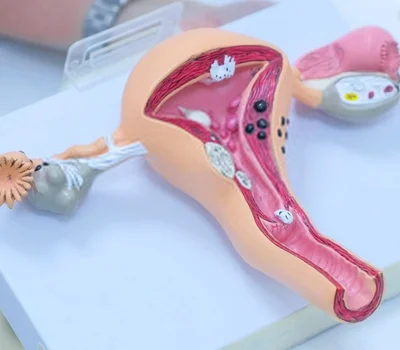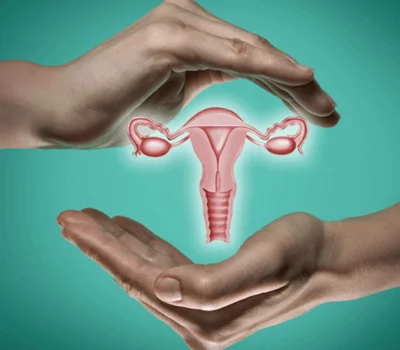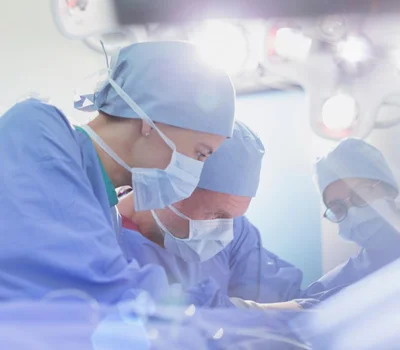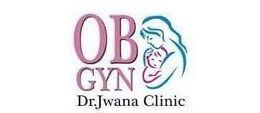All Departments
- PCOS Treatment
- STD Treatment
- Infertility Treatment
- Fibroid Treatment
- Endometriosis Treatment
- Ovarian Cyst Treatment
- Sexual Dysfunction
- Menopause Specialist
- Irregular Menstrual
- Laparoscopic Gynecologists
- Hysterectomy
- Urogynecologist
- Contraception
- Colposcopy
- AMH Testing
- O Shot
- G shot Treatment
- Vaginoplasty
- labiaplasty
- Clitoral Hoodectomy
- Vaginal Bleaching
- High-Risk Pregnancy
- Pregnancy Care
- Maternal Fetal Medicine
- Cesarean Delivery
- Painless Normal Delivery

Hysterectomy
What is a hysterectomy?
A hysterectomy removes the uterus, with or without the cervix, fallopian tubes, and ovaries, depending on your reason for the surgery.
This surgery helps alleviate abnormal bleeding, uterine prolapse, fibroids and cancer. The recovery takes four to six weeks on average, depending on the partial or complete hysterectomy you have.
Conditions treated by Hysterectomy
The following conditions can be treated with a NOTES Surgery:
- Abnormal uterine bleeding
- Chronic pelvic pain
- Fibroids
- Uterine prolapse
NOTES Adnexal Surgery may be indicated for the following reasons:
- Adnexal mass
- Sterilization
- Prophylactic ovarian cancer prevention
Types of hysterectomy
Hysterectomy is of the following types:
Total hysterectomy: In this, the uterus and cervix are removed completely. Total hysterectomy is further divided into:
Total hysterectomy with bilateral salpingo-oophorectomy: In this, the uterus, cervix, fallopian tubes (salpingectomy), and ovaries (oophorectomy) are removed.
Hysterectomy with unilateral salpingo-oophorectomy- The uterus, fallopian tube, and one ovary are removed.
Supracervical hysterectomy: In this, the upper uterus is removed while the cervix is left.
Radical hysterectomy with bilateral salpingo-oophorectomy: This hysterectomy is done as part of cancer treatment. In this, the uterus, cervix, fallopian tubes, ovaries, lymph nodes, surrounding tissues, and the upper portion of the vagina are removed.
When is a hysterectomy recommended?
- Severe menstrual pain
Uncontrolled heavy vaginal bleeding - Recurrent and too many uterine polyps or adenomyosis.
- Leiomyomas or uterine fibroids— noncancerous tumors.
- Uterine prolapse (uterus collapsed into the vaginal canal due to muscle) causing urinary incontinence.
- Uterine or cervical cancer or abnormal cancerous tissue growth in the uterus.

Methods of hysterectomy procedure
It starts with a diagnosis will ask about your issues and examine your pelvis before recommending a hysterectomy. After knowing your preference for hysterectomy type, he will make a suitable plan for the procedure.
What to expect during the recovery period?
You may experience some discomfort for a few days post-surgery. Your hospital may provide you with pain relievers to take home, or over-the-counter pain relievers such as paracetamol or ibuprofen may be effective, but always read the patient information booklet that comes with your medicine. If you have any questions, see your pharmacist.
It’s critical to rest and relax for the first 48 hours after surgery. If you have a simple laparoscopy or one to diagnose a disease, you should be able to resume your normal activities in about three days. And you might be able to return to work within a week.

What to expect: Recovery and aftercare
The procedure is one to three hours long. You can expect the following:
Vaginal dryness
Pain and scarring
Drains from incision
Loss of libido
Irritation at the incision sites
Vaginal drainage up to six weeks after surgery
The length of recovery majorly depends on the type of surgery.
Most women recover from a vaginal or laparoscopic hysterectomy in 3-4 weeks and an abdominal hysterectomy in 4-6 weeks.
Within 4-6 weeks, people should be able to resume their normal activities, such as work, driving, and exercise routines. However, before returning to strenuous exercise, such as high-intensity interval training, weightlifting, or contact sports, it is best to consult with our doctor.
Aftercare
If a woman adheres to the following guidelines, her body will heal quickly and successfully following a vaginal hysterectomy:
Get plenty of rest – Aim for at least 8 hours of sleep per night, or more if fatigue is a problem.
Follow a healthy diet – Eating plenty of fruits, vegetables, whole grains, and protein can aid in a healthier recovery. Nutrients in healthy foods help the body heal and increase energy levels.
Consume high-fiber foods – Constipation is common following surgery and can be exacerbated by certain pain medications. Consider a stool softener or gentle laxative, as well as increasing your water intake if bowel movements are painful or difficult, even with a high-fiber diet.
Avoid smoking – Smoking interferes with the body’s healing processes and makes recovery from surgery more difficult. Stopping smoking before surgery lowers the risk of anesthesia-related lung problems. Before undergoing your NOTES surgery, consult with our doctor about smoking cessation plans or nicotine replacements.
Attend follow-up appointments – The doctor will suggest regular follow-up visits, which allow a person to discuss the healing process and ask any questions they may have.
Benefits of vNOTES Hysterectomy
There are several reasons why a patient may choose vNOTES over other surgical techniques:
Shorter hospital stay: When compared to other surgeries, patients who undergo surgery can be home in less than 24 hours in most cases.
Lesser or no visible scars: Other surgeries, whether laparoscopic or open, leave visible scars on the abdomen. A vaginal incision eliminates visible scarring in the case of scar-free Hysterectomy .
Less pain: Patients report less post-operative pain after vNOTES procedures when compared to other methods of gynecologic surgery. As a result, post-operative patients require less pain medication for a shorter period of time.
Faster recovery: Some patients were able to return to work less than a week after surgery. Other gynecologic laparoscopic surgeries necessitate a 2-4 week recovery period.
However, post-operative sexual intercourse is one factor to consider. Surgeons recommend that vaginal intercourse be avoided for 4-6 weeks following surgery.
